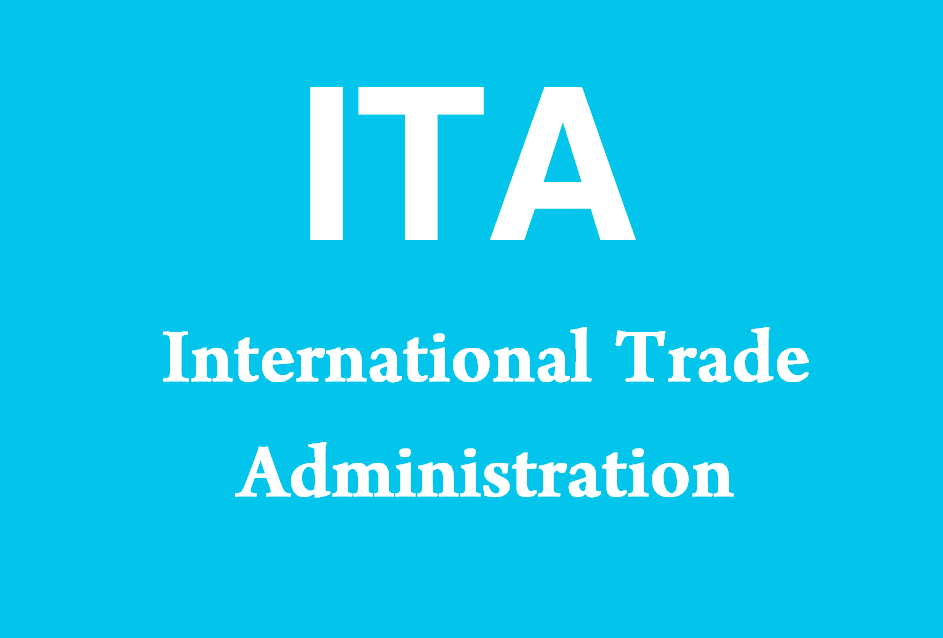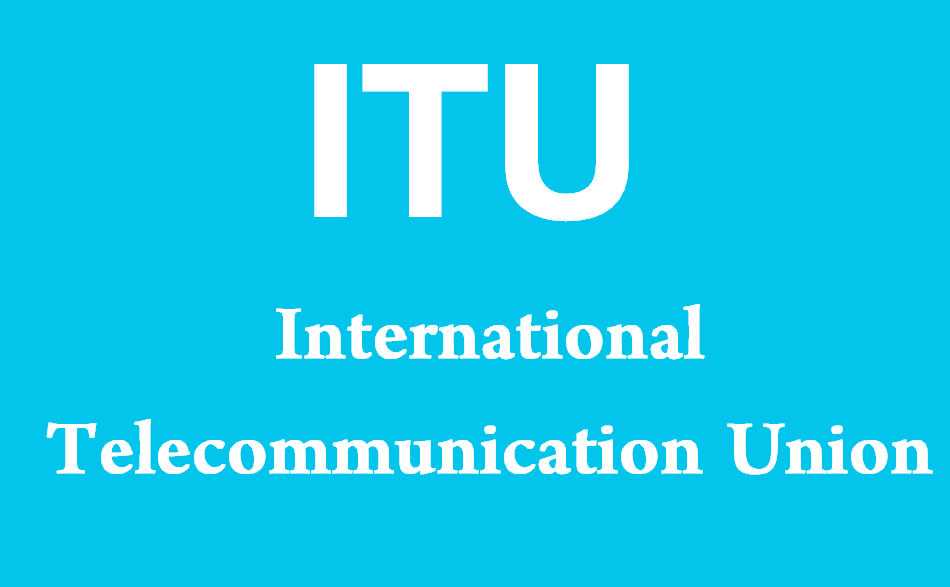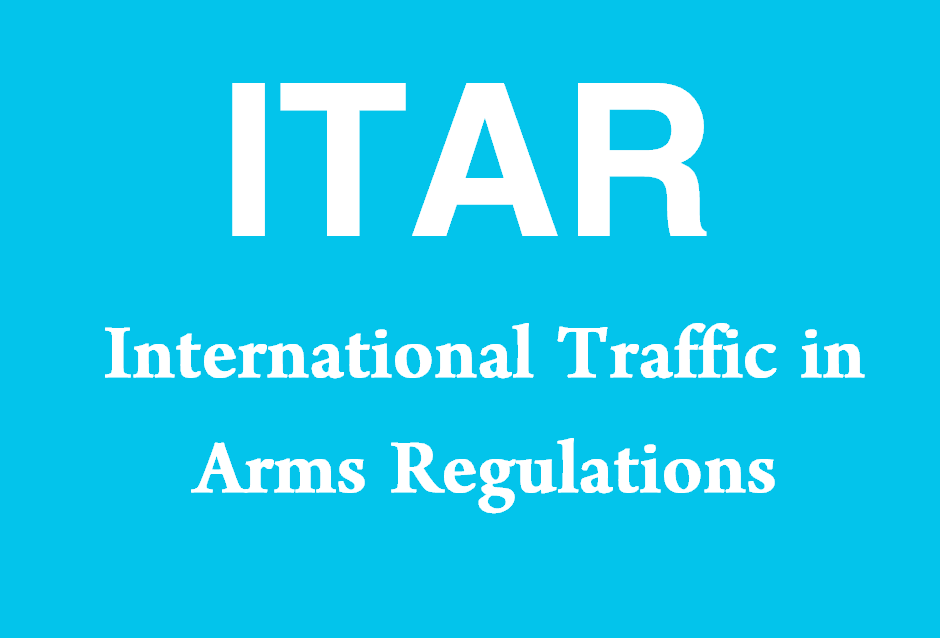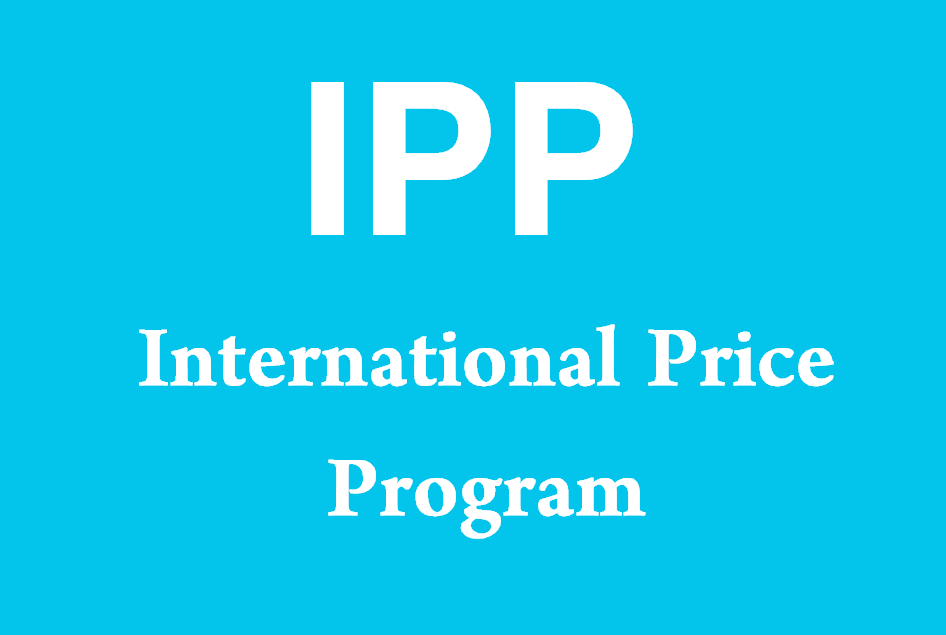What Does CITES Stand For?
CITES stands for the Convention on International Trade in Endangered Species of Wild Fauna and Flora. It is a multilateral treaty developed to protect endangered plants and animals by regulating and monitoring their international trade. The convention aims to ensure that international trade in specimens of wild animals and plants does not threaten their survival.
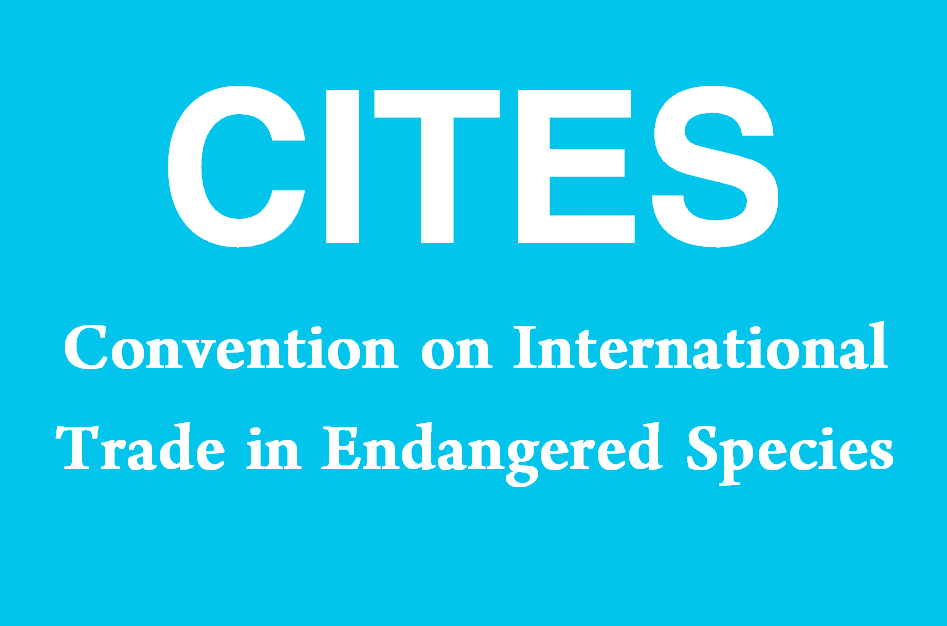
Comprehensive Explanation of Convention on International Trade in Endangered Species
The Convention on International Trade in Endangered Species of Wild Fauna and Flora (CITES) is an international regulatory treaty between 183 parties (countries) that aims to ensure that international trade in specimens of wild animals and plants does not threaten the survival of the species. It was drafted as a result of a resolution adopted in 1963 at a meeting of members of the International Union for Conservation of Nature (IUCN) and was officially enacted on July 1, 1975.
Goals and Objectives
The primary objective of CITES is to ensure that no species of animal or plant becomes extinct as a result of international trade. It seeks to achieve this through a system of trade controls and regulations that apply to approximately 35,000 species of animals and plants. Whether a species is listed on one of the three Appendices to the Convention depends on the degree of protection it needs from over-exploitation.
CITES Appendices
CITES works by subjecting international trade in specimens of selected species to certain controls. These species are listed in three appendices, each denoting a different level of protection:
- Appendix I: Includes species threatened with extinction. Trade in specimens of these species is permitted only in exceptional circumstances.
- Appendix II: Includes species not necessarily threatened with extinction, but in which trade must be controlled to avoid utilization incompatible with their survival.
- Appendix III: Contains species that are protected in at least one country, which has asked other CITES Parties for assistance in controlling the trade.
Implementation and Enforcement
Each party to the Convention must designate one or more Management Authorities in charge of administering the licensing system and one or more Scientific Authorities to advise them on the effects of trade on species. These national agencies work together to issue permits and certificates for imports, exports, and re-exports of CITES-listed animal and plant species. Additionally, they ensure that such trade is not detrimental to the survival of the species in the wild.
Challenges and Criticisms
Despite its successes, CITES faces several challenges including the illegal trafficking of wildlife, lack of political support in some countries, and the need for greater financial resources. Critics also argue that the regulatory approach can be too bureaucratic and that it sometimes fails to address the poverty that drives much of the poaching and illegal trade.
Notes to Importers
For businesses and individuals looking to import wildlife or plant species that are regulated under CITES, understanding the legal requirements and processes is critical to ensure compliance and to avoid penalties. Importing parties must adhere strictly to the regulations set forth by CITES, as well as by national laws.
Legal Requirements
All importers must obtain the necessary CITES permits and certificates from the exporting country’s Management Authority before the shipment can be legally imported. The specific documents required depend on the appendix under which the species is listed.
Pre-Importation Steps
- Identify whether the species is listed under CITES: Check the CITES appendices to determine if the species you intend to import is listed.
- Contact National Management Authority: Reach out to the appropriate agency in the exporting country to understand the specific requirements for export and import permits.
- Apply for Import Permit: If the species is listed in Appendix I, the importer must also apply for an import permit from their own country’s Management Authority.
Compliance and Monitoring
Importers must ensure that all CITES-listed specimens pass through designated points of entry and exit and are accompanied by the appropriate permits. Compliance with these regulations is monitored by customs and wildlife officers, and failure to comply can result in severe penalties, including fines and imprisonment.
Role of CITES Secretariat
The CITES Secretariat provides guidance and support to parties in implementing the CITES treaty effectively. It coordinates the administrative functions and assists in capacity building and technical support to ensure that the legal framework for wildlife trade is robust and uniformly applied.
Sample Sentences and Their Meanings
The acronym CITES appears frequently in discussions about wildlife conservation, trade, and regulation. Here are some sample sentences using this acronym, along with explanations of their meanings:
- “Due to CITES regulations, the import of ivory has been heavily restricted to protect elephant populations.”
- This sentence implies that international agreements like CITES can impose strict rules on the trade of products derived from endangered species, such as elephants, to prevent their extinction.
- “The conference discussed the role of CITES in combating illegal wildlife trade.”
- This sentence discusses how the CITES treaty helps countries around the world combat the illegal trade of endangered species.
Other Meanings of CITES (Table)
| Acronym | Full Form | Description |
|---|---|---|
| CITES | Comprehensive IT and Engineering Solutions | Refers to companies or services that offer a wide range of information technology and engineering solutions, typically including software development, system integration, and technical consulting. |
| CITES | Center for Innovative Teaching and Educational Simulation | An educational initiative that focuses on enhancing teaching methodologies and integrating simulation technologies in educational processes to improve learning outcomes. |
| CITES | Coalition for the Introduction of Tax Equity in Society | A hypothetical group or movement advocating for reforms in tax legislation to ensure fair and equitable distribution of tax burdens among different societal groups. |
| CITES | Committee for the Investigation of Technological Environmental Standards | An organization or body responsible for evaluating and setting environmental standards related to technological processes and industries to ensure sustainability and minimize ecological impact. |
| CITES | Conference on Information Technology, Engineering, and Science | A conference event that brings together professionals, academics, and researchers to discuss the latest advancements and challenges in the fields of IT, engineering, and science. |
| CITES | Community Initiative for Teaching English to Speakers of other languages | A community-based program aimed at providing English language education to non-native speakers to enhance their integration and communication capabilities within English-speaking communities. |
| CITES | Consortium of International Trade, Economics, and Security | A coalition of organizations or countries that focuses on collaborative research and policy-making in the areas of international trade, economics, and security to foster global cooperation and development. |
| CITES | Council for Innovation in Teacher Education Standards | An authoritative body dedicated to improving standards in teacher education, emphasizing innovation and modern pedagogical techniques to better prepare educators for contemporary educational challenges. |
| CITES | Campaign for the Inclusion of Traditional Ecological Systems | An advocacy group that promotes the recognition and integration of traditional ecological knowledge and practices in modern environmental management and conservation efforts. |
| CITES | Center for the Interpretation of Theological and Ecclesiastical Studies | An academic or research institution focused on the analysis and interpretation of theological and ecclesiastical texts and traditions to foster deeper understanding and dialogue within and between religious communities. |


